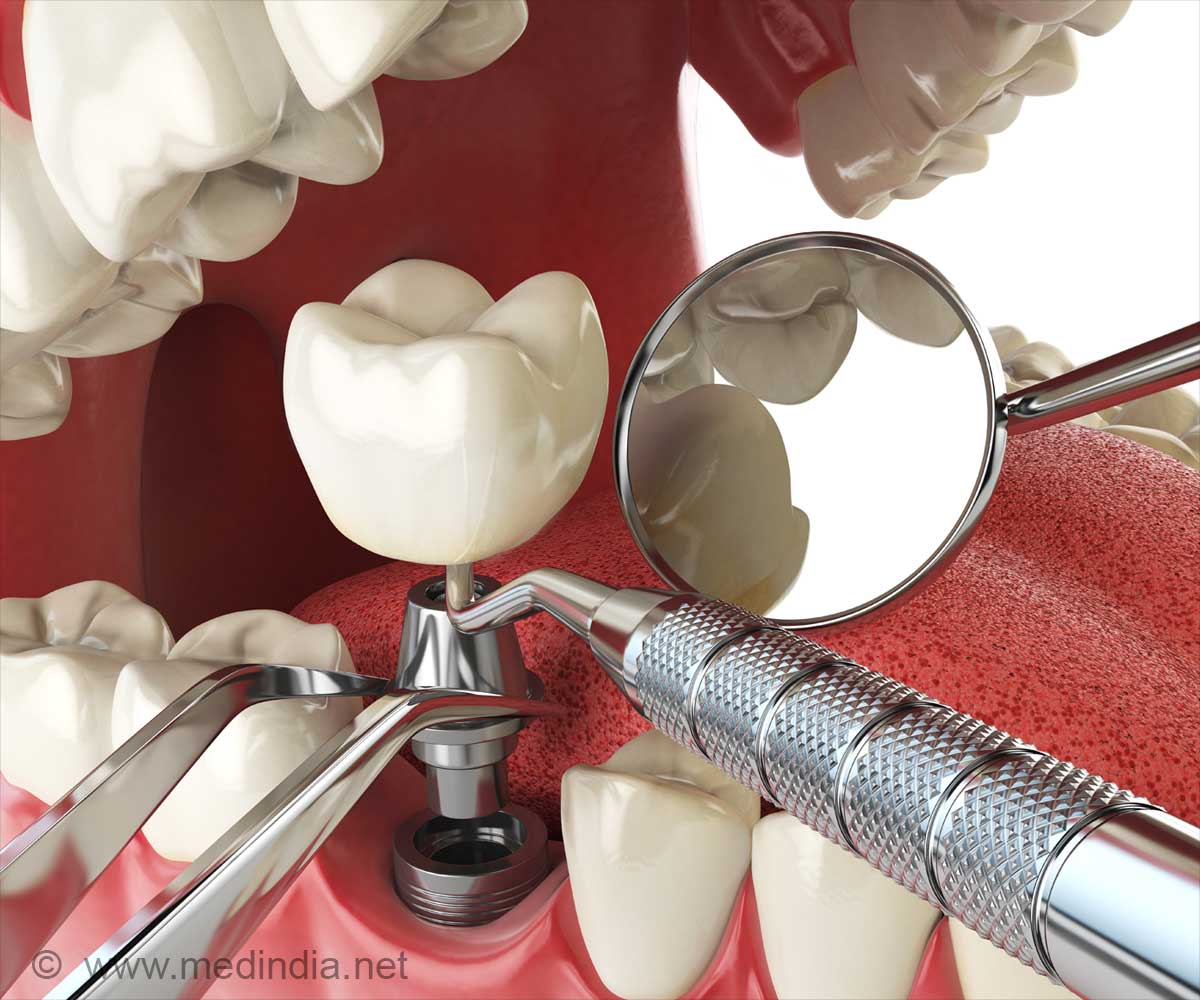
- Dental implant placement increases by 5,00,00 annually
- The success and survival rates of dental implants are 95% and 98% respectively
- Using dental implants with rough surfaces and reducing the micro-gaps increases the success rate
Dental implant surgery has become a highly successful and routine procedure with approximately 3 million Americans receiving dental implants, since 2000. According to the American Academy of Implant Dentistry, the number of dental implant placement increases by 5,00,000 annually (1✔ ✔Trusted Source
3 million Americans have dental implants – but procedure wasn’t always ‘routine’
).
The success and survival rates of dental implants were 95 and 98 percent respectively including older patients which showed better results than the conventional prosthetic and hip replacement.
Advancements in the Field of Dental Implant Over the Decades
Rough Surface Implants
:
Implants with smooth, polished titanium surfaces were preferred. But this delayed healing and bone loss. Later it was found that rough surface implants reduced healing time and provided better success rate.
Guided Bone Regeneration
:
To promote bone growth around the implant site, barrier membranes are used to prevent soft tissue growth in bone regeneration sites. These barrier membranes did improve bone regeneration but it had some disadvantages like collapsing of membrane and poor healing.
Later, researchers found a material called composite graft, which is two different fillers combined. Now, the composite graft is used for bone regeneration.
Micro-gaps
:
Implant placements have certain effect on the success rates. There are gaps between the implant components which are known as micro-gaps. The gaps promote inflammation and bone loss in the implant placement site.
These gaps can be reduced/eliminated by sealing it or these micro-gaps can be moved up physically. This provide a better environment for the implant to stabilize itself.
Advertisement
Bone Healing
:
Bone healing and regeneration are important for a successful implant placement. To enhance bone healing, patients bone material can be used. When bone material is mixed with blood it acts as better graft material. But clot formation is common so to prevent clot formation, it can be treated with ringer’s solution.
Cone-Beam Computed Tomography
:
3D models created using Cone-beam computed (CBCT), have become a routine in implant placement. This enables the practitioner to create personalized treatment suitable for patients, which increases the success rate of implant placement.
Advertisement
Buser emphasized the importance of carefully selecting cases for implant placement and staying updated with current advancements.
Reference:
- 3 million Americans have dental implants – but procedure wasn’t always ‘routine’ – (https://news.harvard.edu/gazette/story/2024/10/daniel-buser-honored-at-harvard-school-of-dental-medicine/)
Source-Medindia



